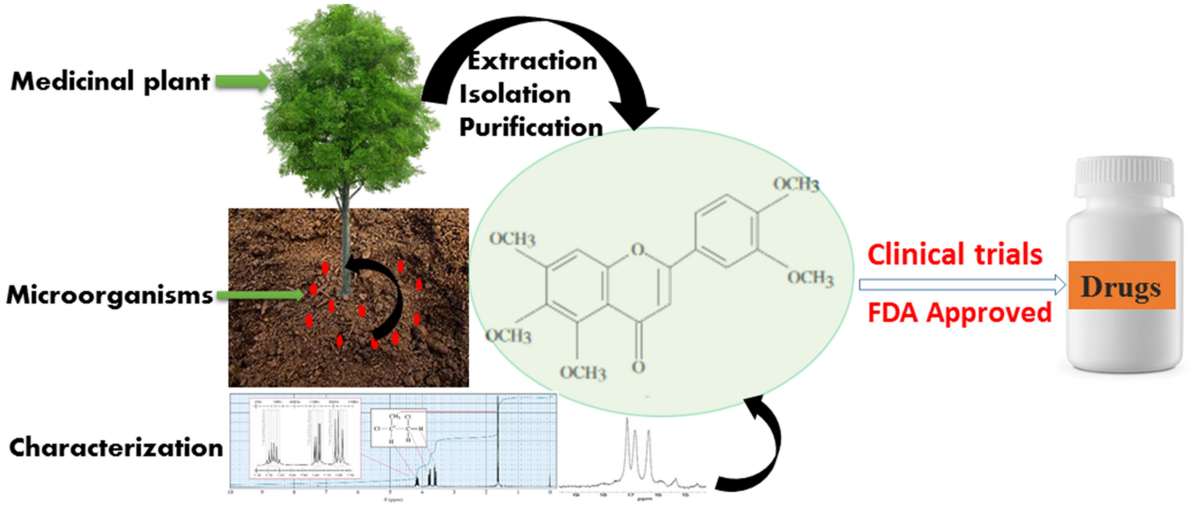Photo Credit ( Pixels )
According to a recent study, a chemical derived from plants can kill tuberculosis strains that are resistant to current treatments.
In addition to preventing dormant TB bacteria from reviving, the chemical, which was present in a North American plant, did not harm the gut microbiota.
The second most common infectious disease that kills people globally is tuberculosis, which has been growing resistant to many of the drugs that were once used to treat it.
It can impact the heart, brain, and spinal column and is brought on by a type of bacteria called Mycobacterium tuberculosis that infiltrates the respiratory system.
After being genetically altered to lessen its inherent toxicity, sanguinarine, a product of bloodroot, a North American wildflower, may be able to fight multidrug-resistant tuberculosis (MRTB), according to a recent study published in the journal Anti-inflammatory Nutraceuticals and Chronic Diseases.
Over the course of six months, TB is treated with a variety of drugs that significantly weaken the human body. On the other hand, the sanguinarine preserved healthy bacteria while specifically targeting the microorganisms that cause MRTB.
Dr. Jim Sun, senior author and assistant professor at the Department of Microbiology and Immunology at the University of British Columbia, led a team to genetically lessen the toxicity of the phytochemical while boosting its effectiveness as a tuberculosis killer because sanguinarine is toxic to human cells in its natural state.
As a result, 35 novel derivatives were produced, two of which, BPD9 and BPD6, demonstrated over 90% suppression of eight distinct Mycobacterium TB forms, three of which were especially aggressive, and five of which were resistant to currently available medications.
Because the bacteria might “hibernate” in your lungs until they are reactivated, TB treatment takes six months. BPD9 appears to be able to prevent latent bacteria from reviving, while most antibiotics are most effective against bacteria that are actively growing, Dr. Sun added.
The research team is pleased that it only took 8 days to significantly reduce the amount of MRTB and other TB strains in mice treated with BPD9. However, they note that further testing on drug-resistant strains of TB-causing bacteria is necessary to further reduce the toxicity of the compounds.




